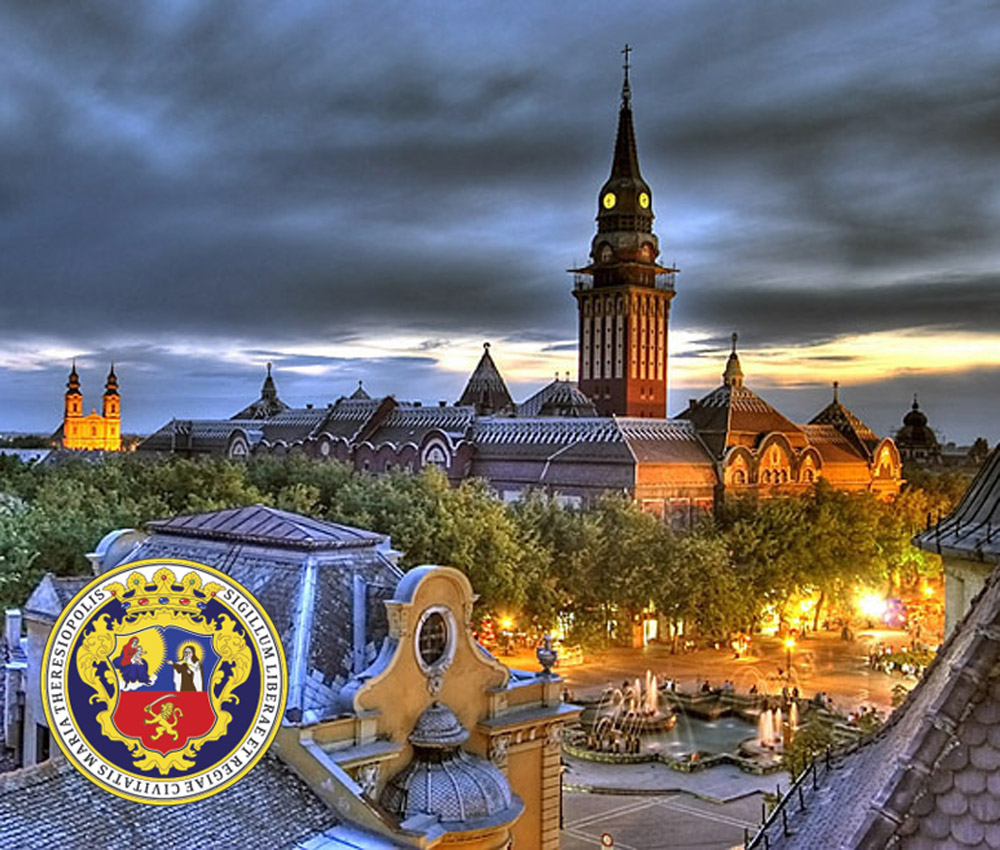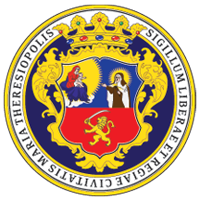- UNIVERSITY
- MEMBERS
- Faculties
- Faculty of Philosophy
- Faculty of Agriculture
- Faculty of Law
- Faculty of Technology
- Faculty of Economics
- Faculty of Technical Sciences
- Faculty of Medicine
- Faculty of Sciences
- Academy of Arts
- Faculty of Civil Engineering
- “Mihajlo Pupin” Technical Faculty
- Faculty of Sport and Physical Education
- Faculty of Education
- Teacher Training Faculty in the Hungarian Language
- Institutes
- University centres
- Foundations, funds, associations
- Faculties
- STUDIES
- SCIENCE
- INTERNATIONAL COOPERATION
- CONTACT
SUBOTICA
In the north of the Republic of Serbia, alongside the main European corridors and two rivers, the Danube and Tisa, lies the city of Subotica, one of the significant European cities of the Secession period, with rich cultural, architectural and educational heritage.
In the historical documents, the city is first mentioned under the name of Zabatka in 1391. The city has changed its name more than 200 times throughout the history. Subotica got the status of the Free Royal City in 1779. It became the modern Central European town by the end of the 19th century thanks to industrialization.
The recognizable buildings of the Town Hall, the Synagogue, the Raichle Palace and other structures were marked by the noticeable, visually vibrant architecture of the Hungarian variant of the Secession. Nowadays, Subotica is known for its rich cultural and touristic offer thanks to the many cultural events during the whole year and interesting places for rest and leisure, such as the lakes Palić and Ludaš, horse stables, farmsteads and hunting grounds.
Subotica is the city of rich educational heritage. The State Teachers’ Training School was established in Subotica in 1871, from which grew the Pedagogical Academy as a teachers’ training college after the Second World War. The development of legal sciences and education on the territory of today’s Vojvodina was especially influenced by the Faculty of Law in Subotica, established in 1920, which was the unit of the University of Belgrade until it was closed in 1941.
Site map | Copyright © 1998-2022 University of Novi Sad. All rights reserved. | webmaster: [email protected]




